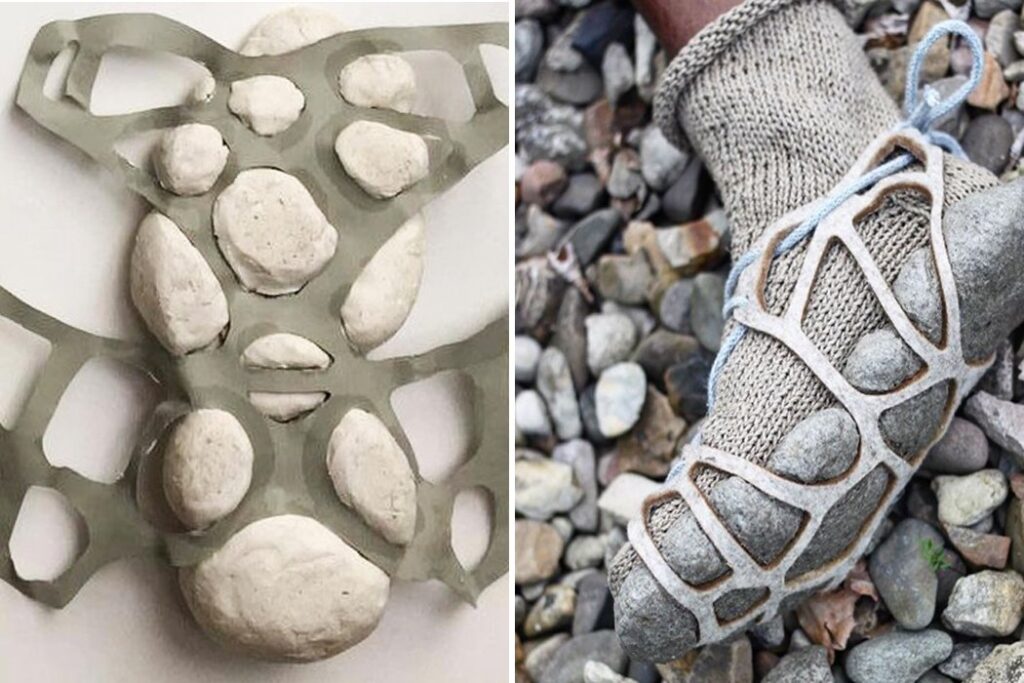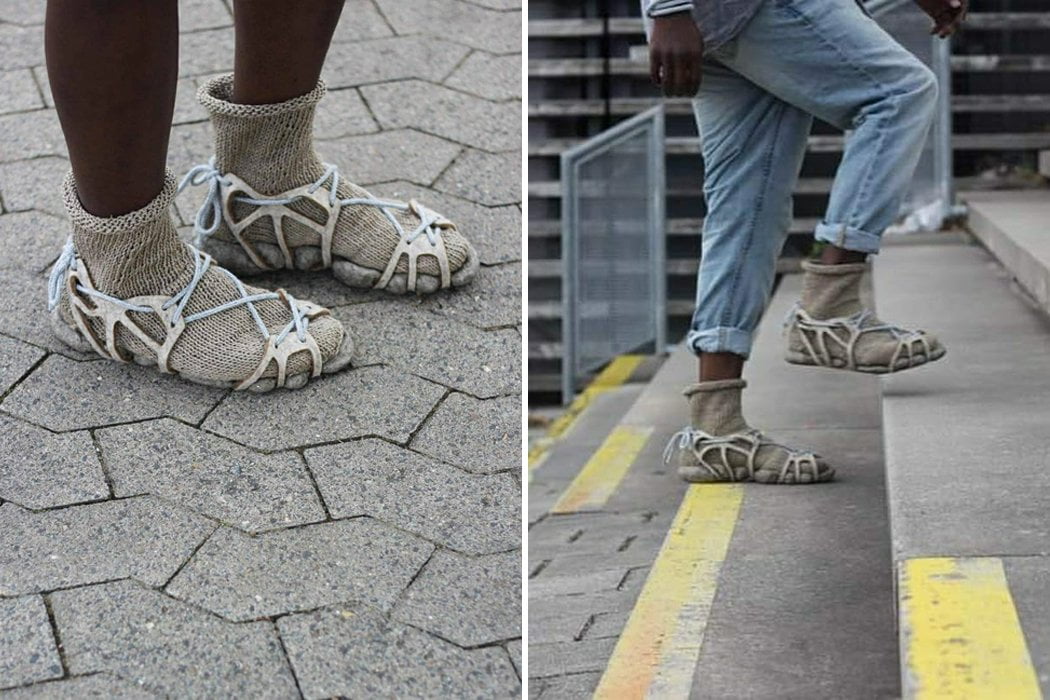I'm not one of those who owns many pairs of shoes. I usually have two pairs for the winter and two pairs for the summer: don't ask me why, it must be a paraphilia of mine. This has drawbacks: for example, I probably keep my shoes on longer than I should. But having too many is also a problem. Nearly a billion pairs of shoes are thrown away every year and end up in landfill. It takes up to 40 years to decompose.
Noting the environmental impact shoes have on the earth, Laura Muth created “Shoes with an Expiration Date”, a prototype of modular sneakers made entirely from compostable material. Shoes with expiration date.
The oil in the shoes
In general, fast-fashion uses carbon-intensive, non-renewable resources (like petrochemical fabrics) to build items like shoes. This makes the industry one of the largest contributors to greenhouse gas emissions around today. Although the prototype shoe with the expiration date is not ready for the market, the designer aims to create a pair of shoes whose expiration date is much shorter than that of shoes made from non-renewable resources such as plastic.
Eliminating toxic glue for an isolable and modular structure, the individual parts of “Shoes with an Expiration Date” are tied together with a sort of lace, or rather a compostable “cage”.
Shoes with an expiration date: how they are made
The “shoes with an expiration date” are handmade from locally sourced compostable materials. The outsole is shaped with comfort and support in mind: it's made with latex extract derived from dandelion root, straw, sawdust e natural dyes. The rope and side support that hold the shoe together are made from cellulose felt e woven hemp. As mentioned, the bottom sole is soft and supportive but doesn't feel as durable and tough as the plastic ones currently available on the market.
The aesthetic factor (the designer also says so) will improve with the next prototypes.
Shoes with an expiration date could be useful for nascent “subscription” services like On Cyclon, who create "circular" shoes. you pay a small annual sum and you always have a new shoe: when it wears out they take it back and regenerate it. Nothing ends up in landfill anymore.



